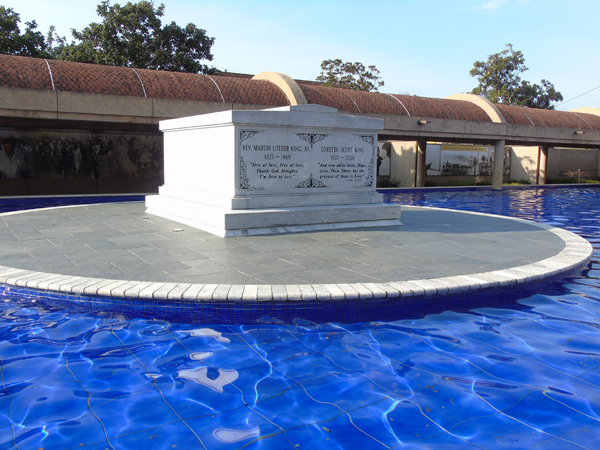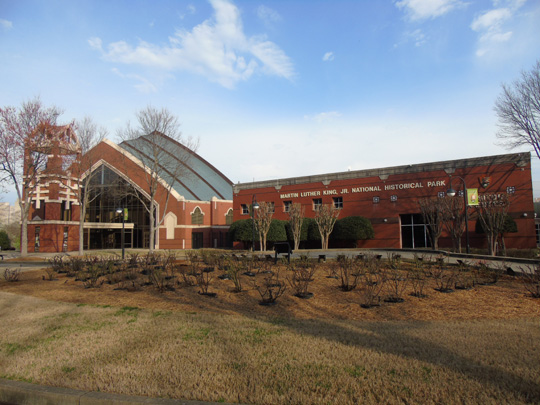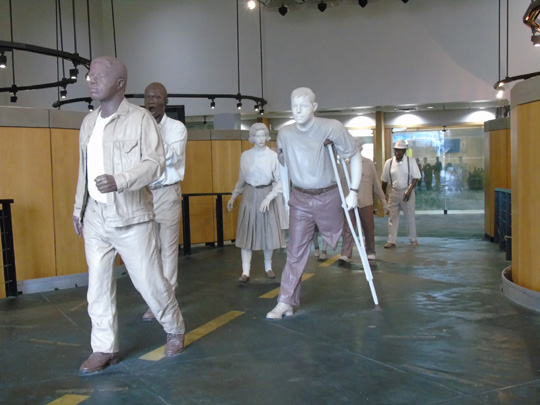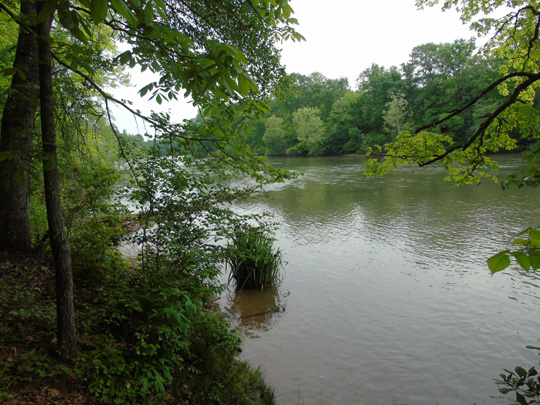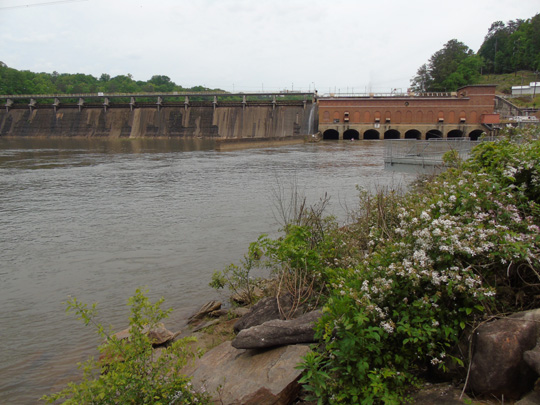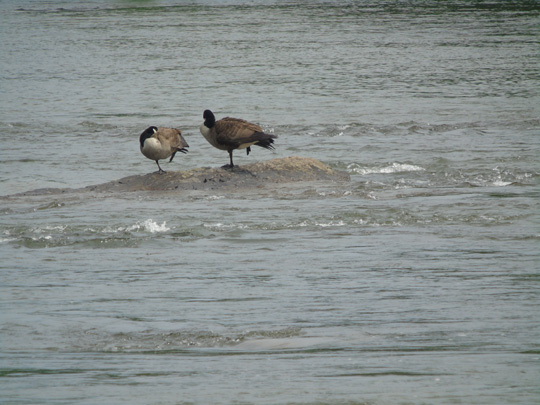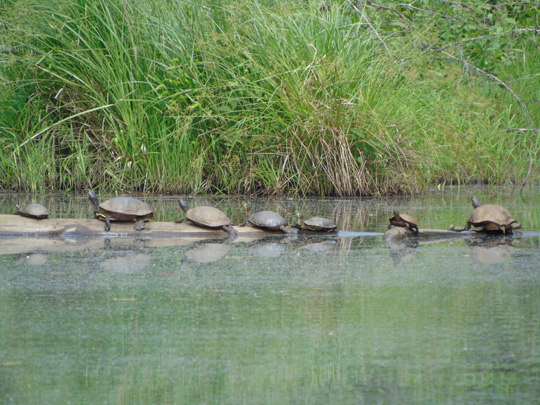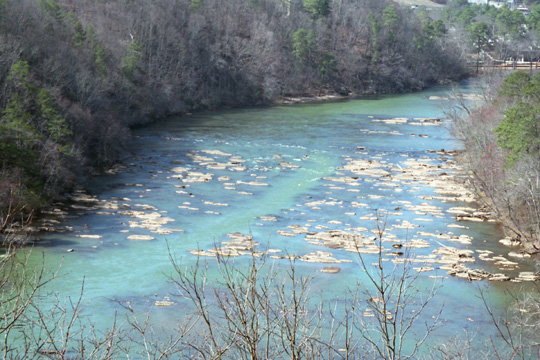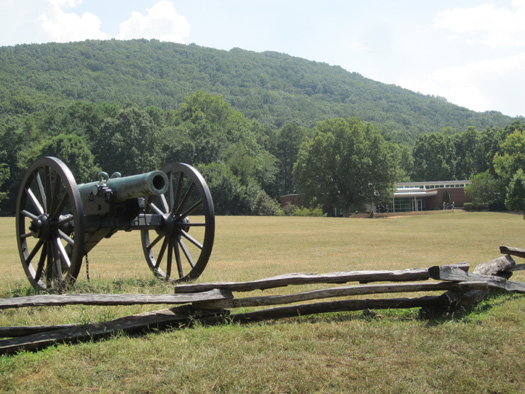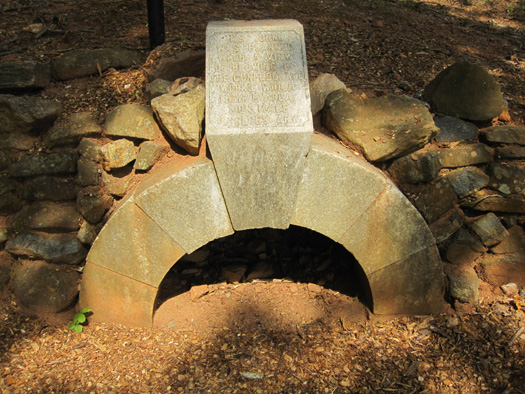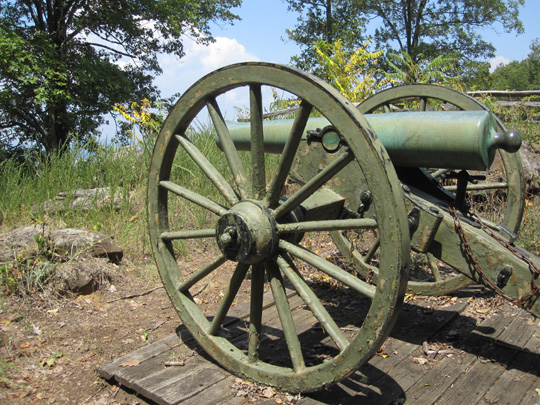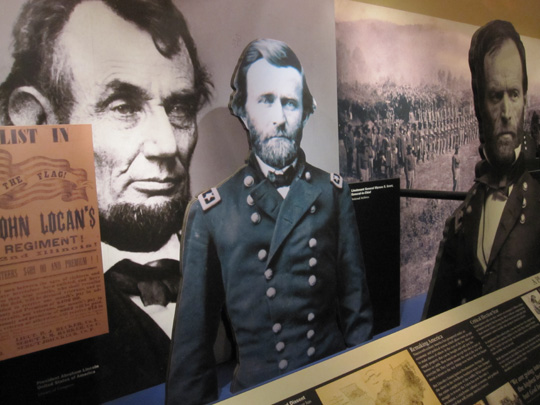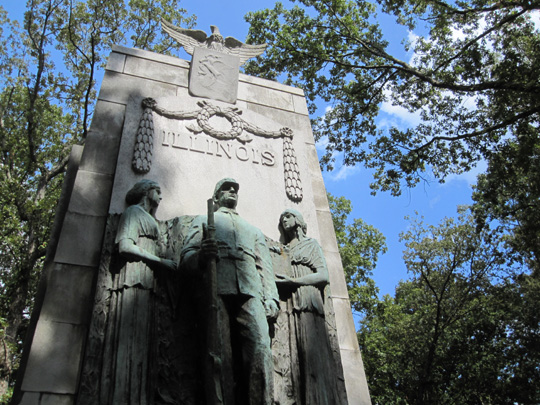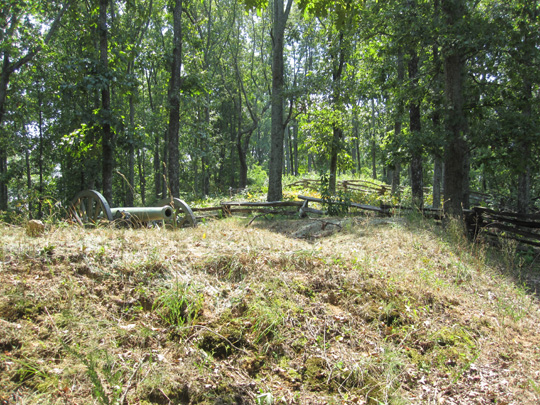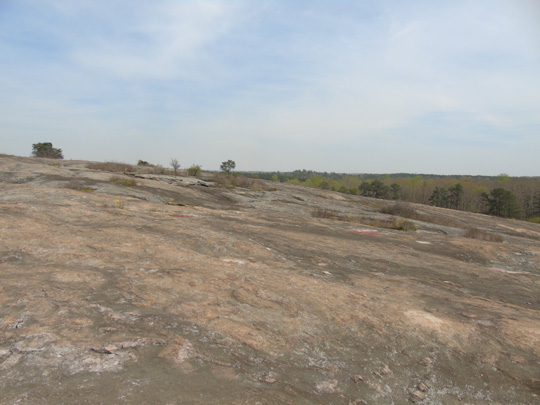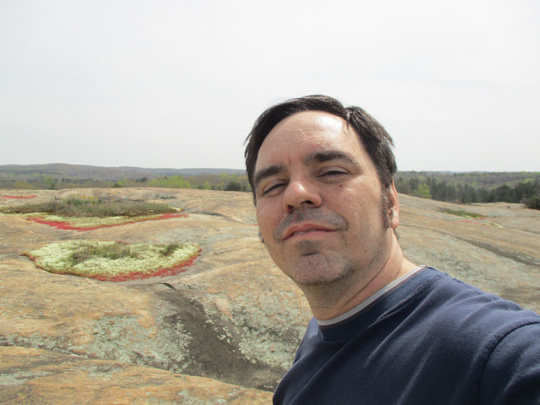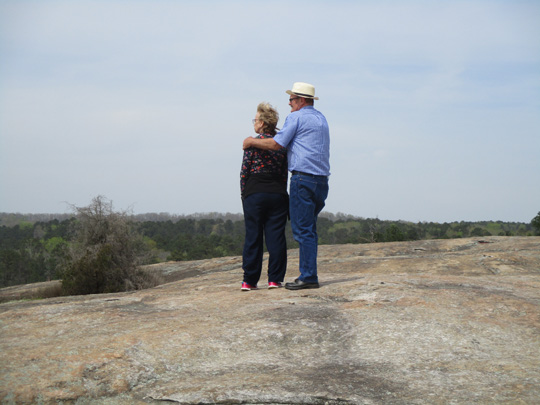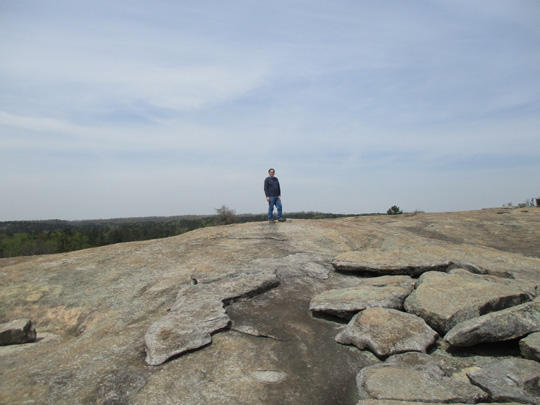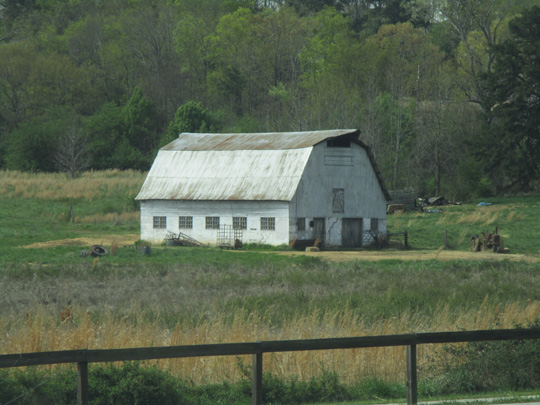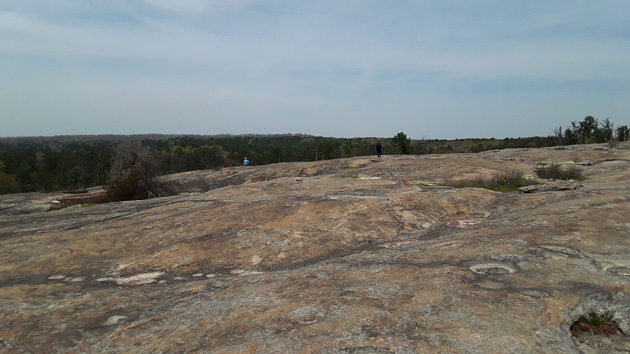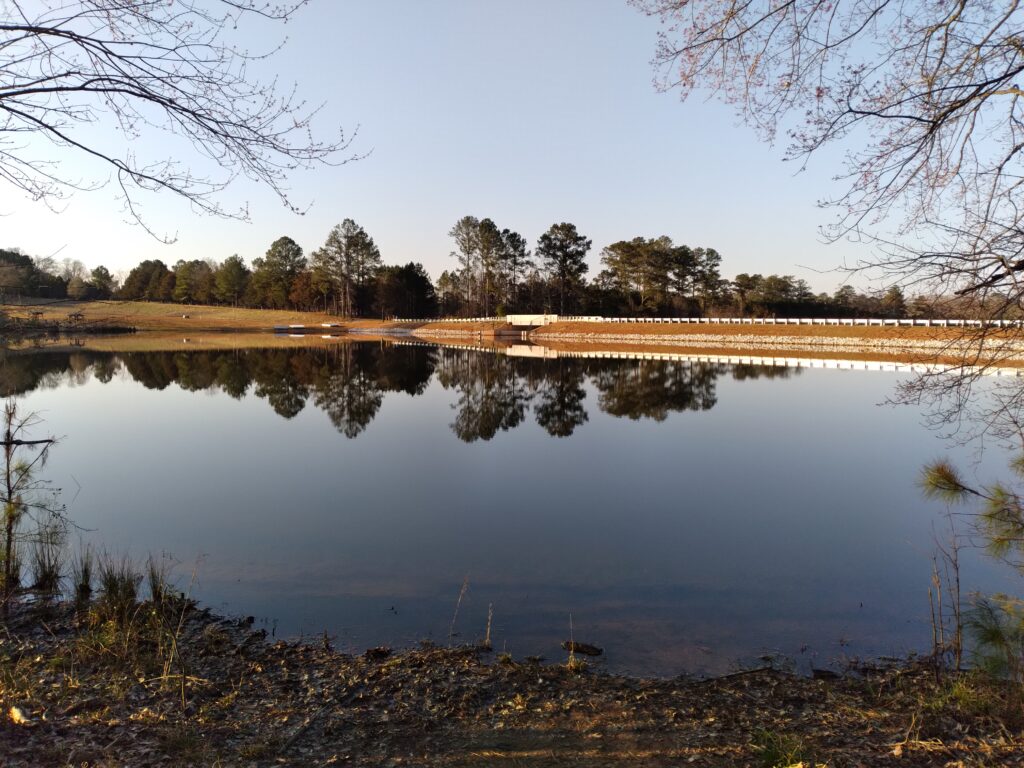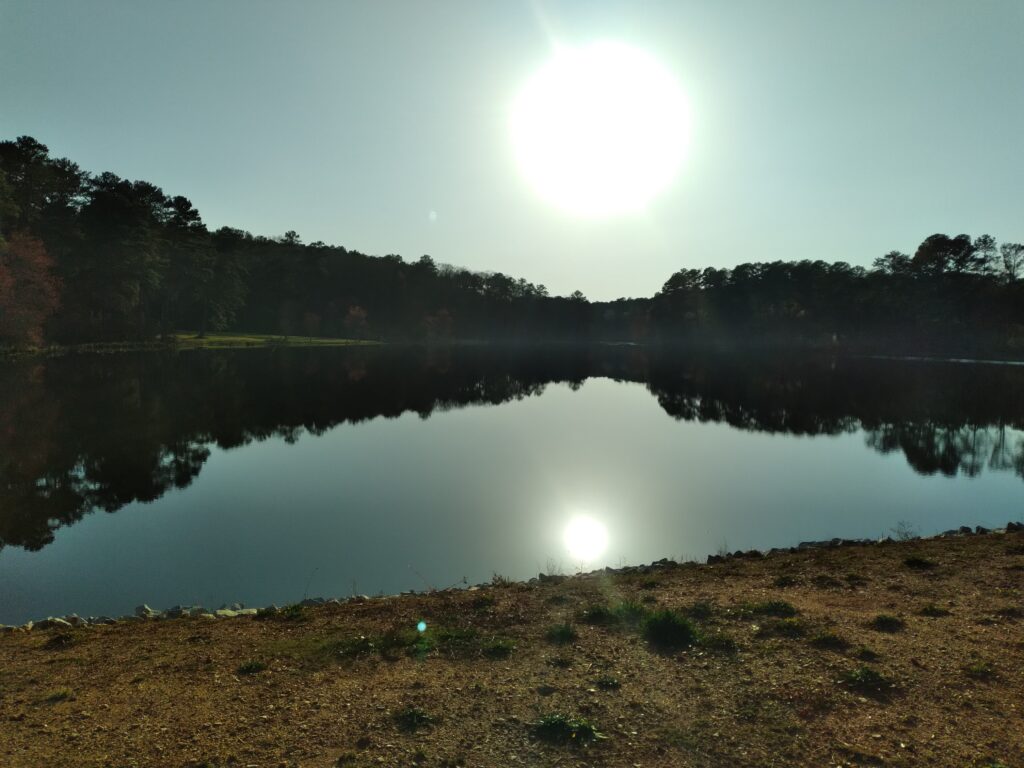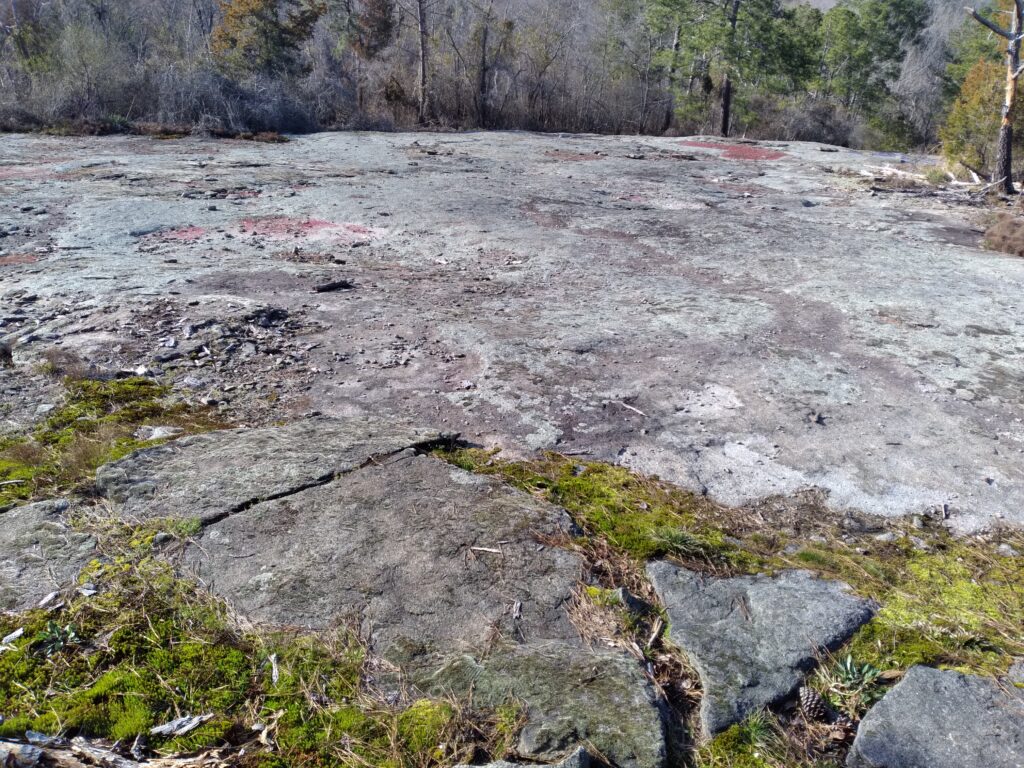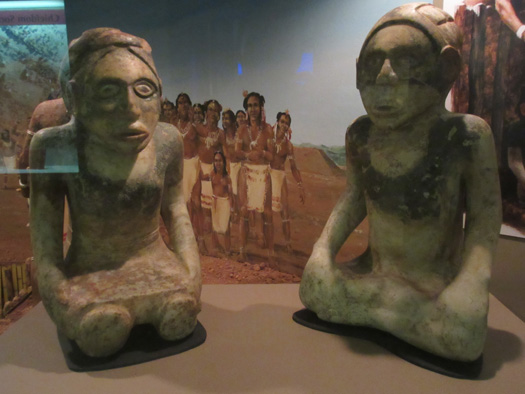Martin Luther King Jr. National Historic Park
(Atlanta, GA)
Martin Luther King Jr was born and raised in Atlanta and is buried here as well. The center bearing his name continues the work of his legacy while his entire old neighborhood–his birth home, his church, and his tomb included–are historic landmarks that were also recently designated a national park.
Chattahoochee River National Recreation Area
(Sandy Springs/Marietta, GA)
The Chattahoochee River flows down from North Georgia through Atlanta and beyond. Historically important for transport and a source of water, it is also now more often considered for its recreation and natural beauty. Much of the river has been protected and designated a national recreation area where people can fish, kayak, or enjoy outdoor activities.
Kennesaw Mountain National Battlefield Park
(Kennesaw, GA)
The Kennesaw Mountain National Battlefield park is a nice expanse of mountain trails and cannon placements important of course for their historical significance but also just as a nice area to enjoy a day outside.
Arabia Mountain National Heritage Area
(Lithonia, GA)
On the east side of Atlanta is a large area (40,000 acres according to the website) that has been designated a national heritage area full of natural and historical sites. Arabia Mountain and Panola Mountain are the two large granite hills (monadnocks) that make up the heart of the heritage area but it also includes some historic homes and buildings (like Vaughter’s Farm) as well as parts of the town of Lithonia. Miles and miles of very well maintained paved trails run throughout and it is thus an area for both scenic beauty and exercise. Arabia and Panola Mountains are also known for the flowering of the rare local flowers called red diomorpha that only bloom in the shallow dips in the rock.
Etowah Indian Mounds Historic Site
(Cartersville, GA)
The most historic of Georgia’s historic areas, the mounds of the Etowah Indians are some of the most important examples of Mississippian Native American Culture from 1000 to 1550 AD.
The mound seen here is “Mound B” which would have been used for ceremony and chiefly dwellings centuries ago
